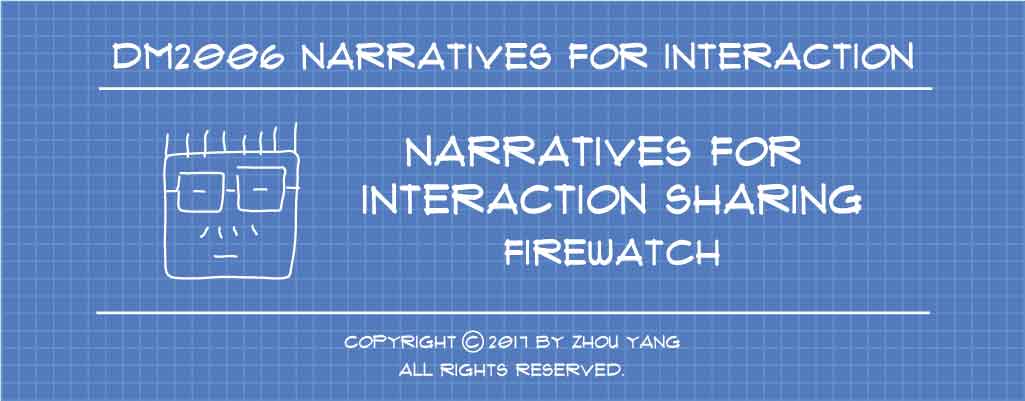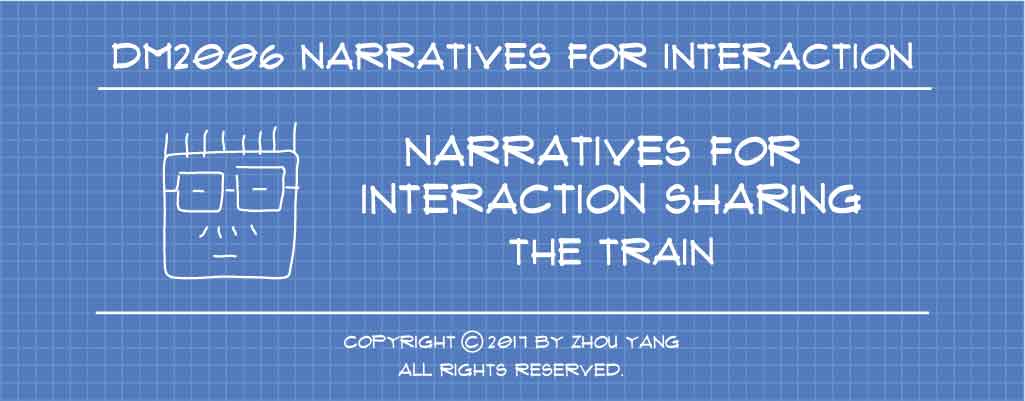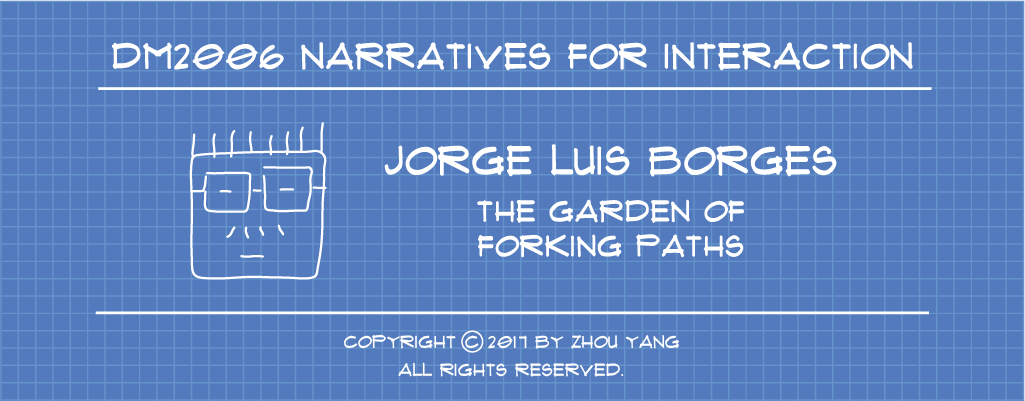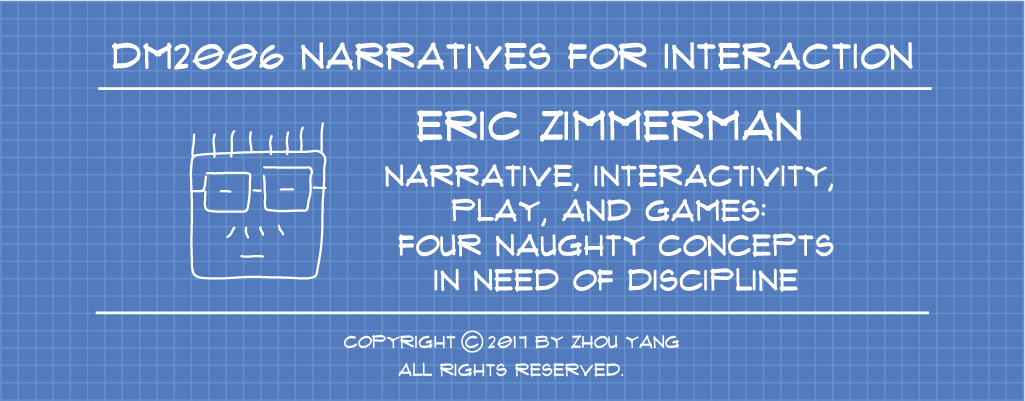Firewatch is an indie adventure game developed by Campo Santo. You took on the role of Henry who decided to take on the job as a fire lookout in the woods to get away from the hectic city life after his wife passed away. His only contact with the rest of the world is Delilah, his supervisor. Strange things begin to happen during his work which forced him to investigate. Throughout the investigations, he will account various challenges, and you must make decisions based on his interpretation of the situation.
I feel that one of the reasons that draw me to Firewatch is its game environment. I love the art style of the gaming environment. The natural surroundings that you are in are well crafted and feel immersive. The realism in the surrounding light during a different time of the day is an impressive part of the game. The sounds of nature such as the sound of running water, birds chirping, wind howling and the rustling of leaves all add on to the realistic and inviting feel of the game. It makes you feel that you are in the wild interacting with nature. The attention to details and the effort put in creating the overall immersive gaming environment engage you. It makes you want to explore the places around you and discover new things. The game brings joy in seeing new places and gives many incentives for you to set into the unknown.
Henry’s relationship with Delilah is also another area of the game that interests me. I feel that the use of walkie-talkie as the primary form of communication between the two characters is refreshing. Through their conversation over the walkie-talkie, they slowly and patiently build up their trust and understanding with each other. The lack of face to face communication did not affect their relationship which I feel is very intriguing. The conversions between them are also personal and down to earth. It also allows you to build a personal understanding and connection with them. Over time, it makes you feel that they are people you know. The sentimental values created by the human conversations will trigger the emotional side of you.
Overall I feel Firewatch is a great first person adventure game. It prompts you to explore and discover new territories through creating meaningful interactions with the gaming world. The character development is fantastic. With merely the communication over the walkie-talkie, it allows you to feel engage in the connection between Henry and Delilah. It is a game worth playing and spending your time on.





